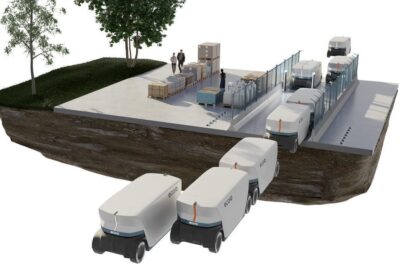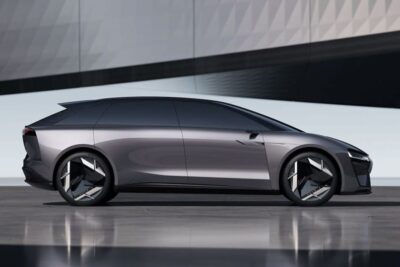France increases EV subsidy system
The French government has revised its bonus-malus CO2 system with the aim of quintupling sales of electric vehicles by 2022 compared with 2017. To this end, new modalities for the environmental bonus will be introduced and the environmental penalty will be drastically increased.
The bonus will apply from 1 January 2020 for vehicles that emit less than 20 grams of CO2 per kilometre (i.e. in fact only battery and fuel cell vehicles) and will amount to €6,000 for private individuals up to a list price of €45,000 or €3,000 for a list price between €45,000 and €60,000. Legal entities receive a subsidy of 3,000 euros for vehicles below a list price of 60,000 euros. Only light electric commercial vehicles and fuel cell vehicles will be subsidised with 3,000 euros even beyond the 60,000 euro limit.
In addition, the government will retain the purchase incentive of 900 euros for two- or three-wheeled electric vehicles. People with “modest income” who already receive social support at local level could expect to receive 200 euros from the national subsidy pot for the purchase of an electric bicycle, the French Ministry of the Environment specifies.
The budget earmarked for the bonus will increase from 260 million euros this year to 400 million in 2020. The government has also drawn up a five-year plan (although the amount of the bonus will ultimately have to be decided each year). According to this plan, the budget of 400 million euros will be maintained in 2021, but the maximum bonus per vehicle will then be reduced to 5,000 euros – with the aim of supporting 130,000 vehicle purchases. In 2022, around 340 million euros will be made available for a maximum of 160,000 vehicles – with the maximum bonus falling further to 4,000 euros. In comparison: in 2018 the purchase of 40,000 vehicles was subsidised.
So much for the bonus. In contrast to most countries, France also operates with a malus. The so-called “malus écologique” is an environmental tax that applies to vehicles with a certain level of CO2 emissions and is payable once upon registration. The “penalties” are staggered, with the highest levy to date being 12,500 euros. This maximum rate will be increased sharply from 1 January 2020: to 20,000 euros for vehicles with CO emissions of more than 184 grams per kilometre (according to NEDC). From March 2020, the system will be converted to WLTP. Then the maximum rate will apply to vehicles with CO emissions of more than 212 grams per kilometre (according to WLTP). Between the old maximum rate of 12,500 and the new maximum of 20,000 euros, the government is also introducing twelve new threshold rates, which relate to CO2 emissions between 201 and 212 grams per kilometre.
Through the bonus-malus system, the Élysée Palace wants to influence the French people’s purchasing decisions. It is also intended to encourage car manufacturers to push ahead with technological change. In addition to the environmental bonus and the environmental levy, the government has already established other incentive systems and rules, such as a “prime à la conversion” car scrappage scheme and requirements for car parks to be equipped with charging infrastructure.
ecologique-solidaire.gouv.fr (bonus), journalauto.com via twitter.com (malus)





3 Comments